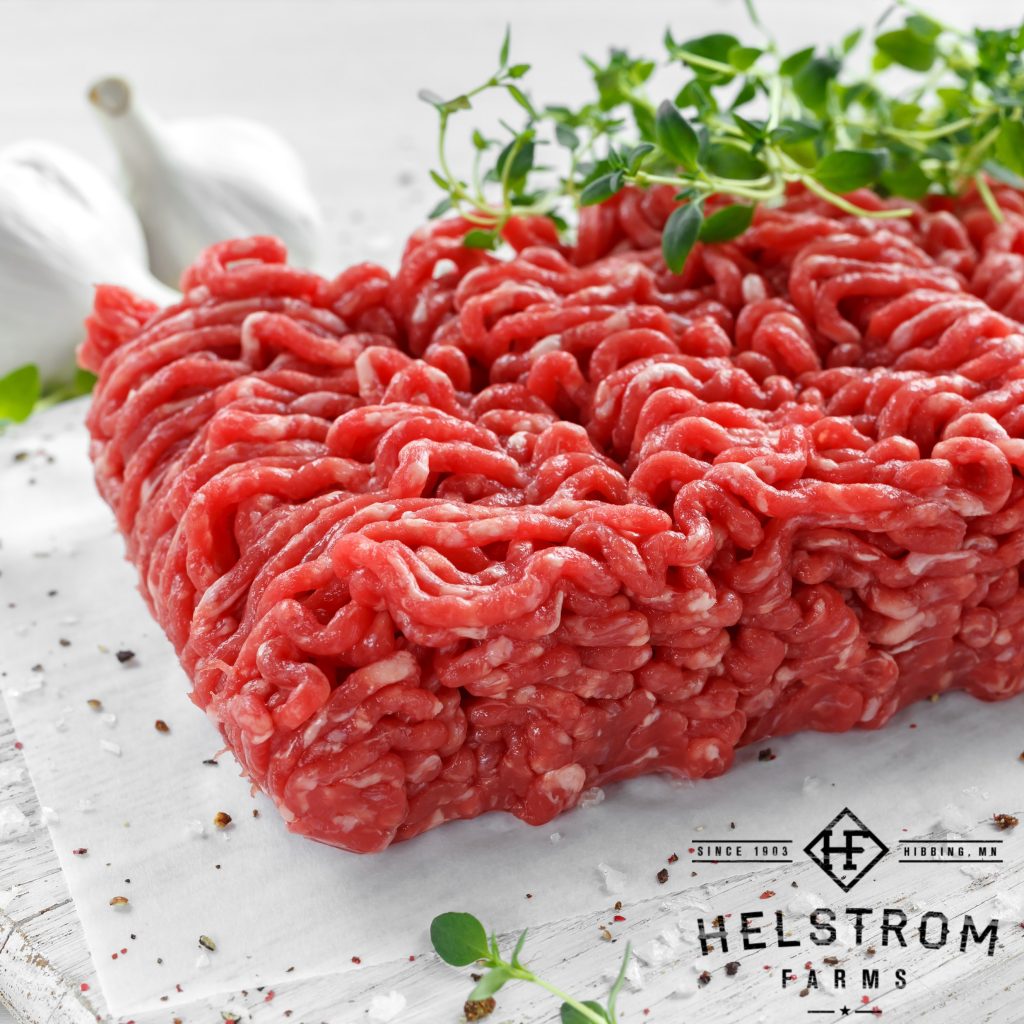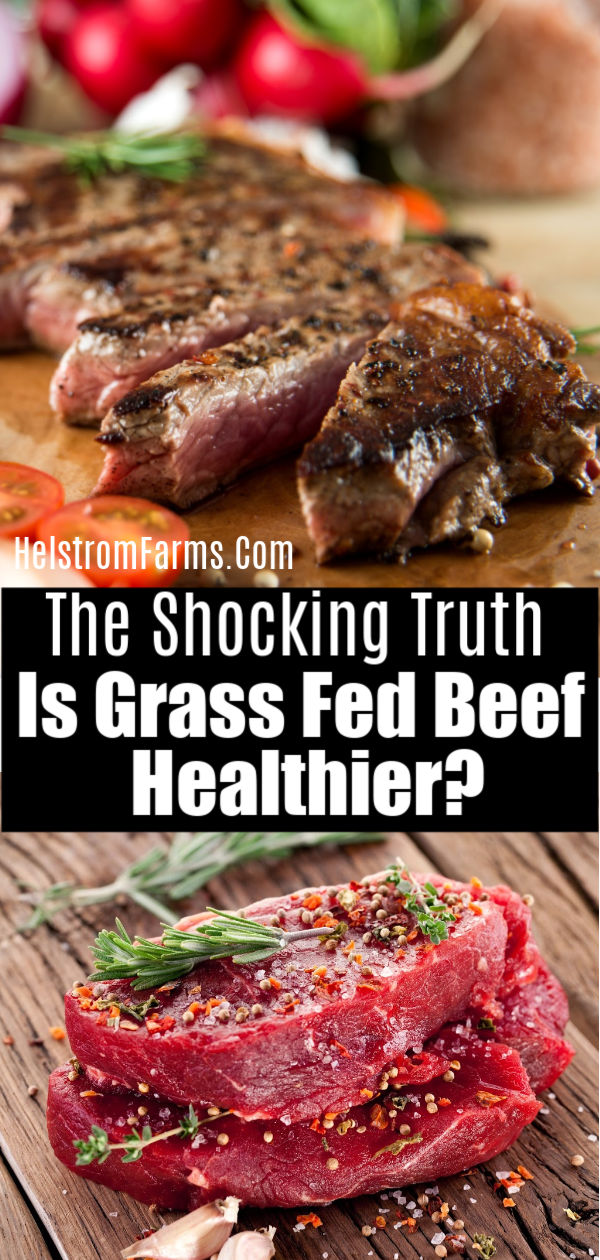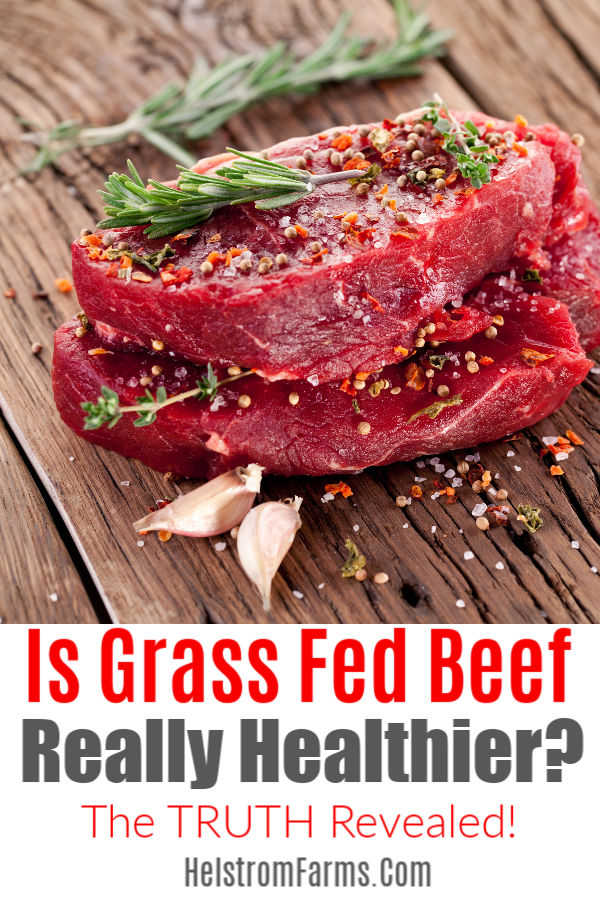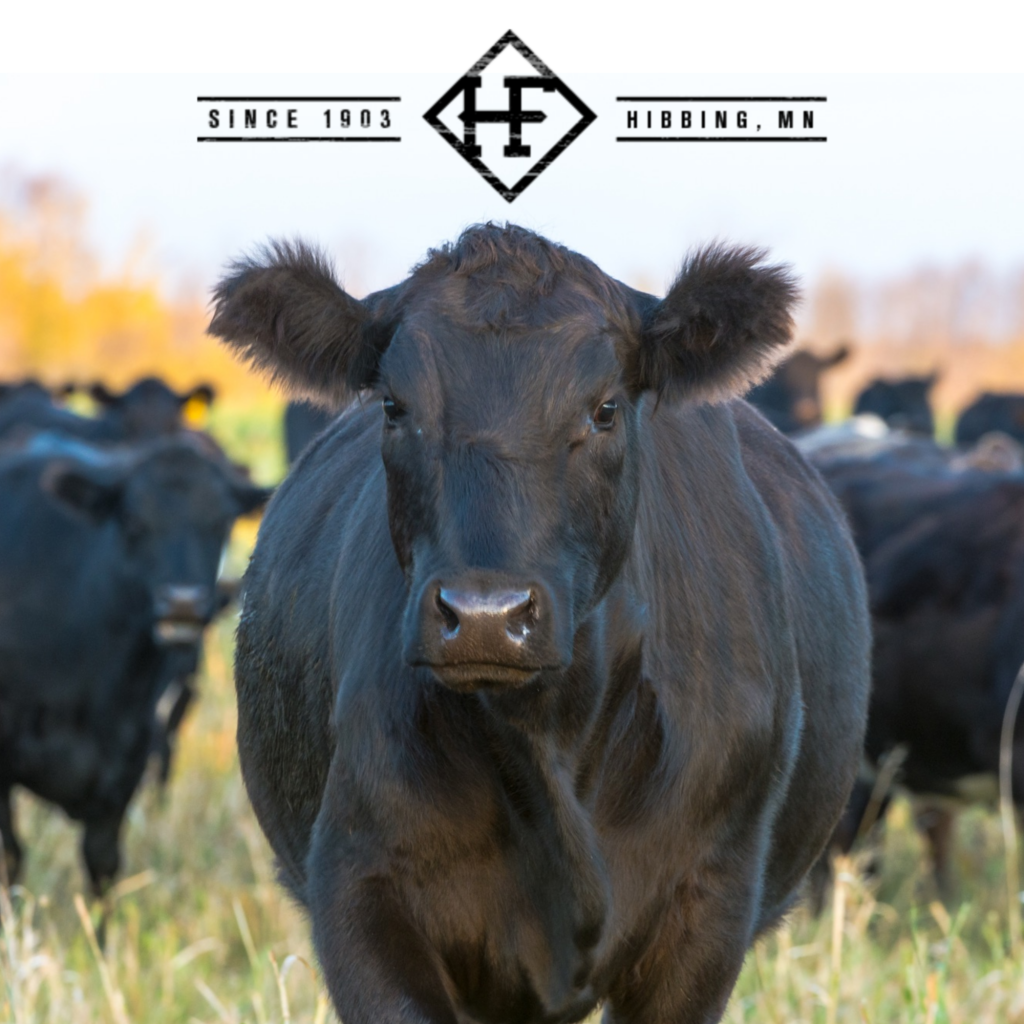When talking about grass fed beef, is it really healthier than conventional, grain-finished beef? What is the difference between grass-fed beef and grain-fed beef? We’ll uncover all of that here!
Is grass fed beef really healthier?
The answer is yes.
There’s no argument about the high nutrition value of grass fed beef. Grass-fed beef contains 30% less cholesterol and 80% less fat than grain-fed beef. It’s also higher in nutrition value when compared to grain-fed beef.
And that isn’t it. Grass-fed beef offers many distinct advantages over your grain-fed beef.

How is grass fed beef different from grain fed beef?
Recently, more and more people are switching to grass-fed beef. Here’s why:
Diet and Lifestyle
The main difference between the two is of their diet and lifestyle. Grass fed cattle are free to roam the fields. This means they mainly depend on grass as their food. That’s their natural food source since ancient times.
Whereas, grain-fed cattle are raised in farms and put into confined spaces. Their food is mostly grain-based such as corn, soy and distiller grains. This is not their natural diet and is intended to fatten them up for slaughter faster so that mass beef production can occur in a shorter amount of time. This is not to the advantage of your health.

Grass Fed Beef Nutrition
Grass fed beef has a higher nutrient content when compared to grain-fed beef. It has more than three times the omega-3 content as compared to grain-fed beef and two times the amount of lutein and beta carotene. Just 450 grams of grass fed beef will give you:
- 50 grams of protein
- 45 mg of omega-3 fatty acids
- 5 mg of Vitamin B6
- 7 mcg of Vitamin B12
- 30 mcg of Folic Acid
- 5 mg of Riboflavin
- 5 mg of Niacin
- 140 mg Choline
- 20 mg of Calcium
- 5 mg of Iron
- 50 mg of Magnesium
- 455 mg of Phosphorus
- 740 mg of Potassium
- 120 mg of Sodium
- 8 mg of Zinc
Antibiotics and Hormones
We talked about how grain-fed cattle are kept in confined spaces. Putting the cattle together in such close proximity without access to light and physical activity often results in infections and sickness.
To prevent cattle from dying and to deal with all these infections, the cattle are usually put on antibiotics. Many times when these cattle are slaughtered, the antibiotics are still running in the bloodstream. This means you are taking in unnecessary antibiotics when you eat your regular meat.
You’d be surprised to know that despite the use of these antibiotics, grain-fed beef is more likely to contain E.coli and other bacteria. Read more about how grass-fed beef actually lowers the risk of E.coli here.
Also grain-fed beef also usually contains hormones. Many farmers use hormones and steroids on their cattle to fatten them up and to get them to mature quickly. While it takes cattle 1.5 to 2 years to grow to its full size, hormone-injected beef matures within one year. This means less energy, time and money spent. But, these hormones again end up in your bloodstream, causing an imbalance of hormones in your body.
Taste
Most of us are used to grain based beef. We have eaten this beef all our lives. So, grass fed meat might take some time getting used to. Most people find that grass-fed beef is juicer and leaner. The fat content is higher in grain based beef. One serving of grass-fed beef contains less than 140 calories. This means it packs more nutrition in less quantity.
Sustainable
We know that grass fed beef is more sustainable than grain fed beef because, at Helstrom Farms, we raise our cattle purely on a grass diet. And we have observed that we save a lot of resources. Our work process is leaner. We use our resources responsibly. We don’t use chemicals and hormones that negatively affect our environment. The practices used at our farm are very close to nature and this means a happy environment.
Moreover, the soil where our cattle roam is much healthier. It depends on cow manure as natural fertilizers. Again, no chemicals.
Where to buy grass fed beef?
Grass fed beef is available at most local grocery stores. You’ll find them in the organic beef section. If your local mart doesn’t provide it, you can look at local farms in your area to find out if they offer it. But be careful here. Some farmers give their cattle a mix of grass and grain diet. Ask your farmer whether theirs is 100% grass-fed beef or if it is corn finished. If it is grass-fed but corn-finished then it is a grain-fed beef which you want to avoid.
At Helstrom Farms, we raise 100% grass-fed cattle. We are a small family farm in northern Minnesota. Shop our selection of true grass fed beef. We offer 100% grass-fed, grass-finished beef and we ship to Minnesota, Wisconsin and the surrounding area. We would love if you purchase your grass-fed beef from us! You can rest assured that you are getting the finest quality meat available. Like us on Facebook and get to know our farm and our family! We love being transparent so you can get to know your farmer.
Pin for Later




Hello,
Thank you for a very well written and informative newsletter!
We are interested in buying a whole cow and wondered what the price would be if you shipped it to us in Southern California at 92371.
Thank you,
Gayle Gibbons
Do you have organic beef?
We have 100% grass fed/finished beef. We follow organic protocols when raising beef but have chosen not to have third party certification.
Hi and I’m glad you enjoyed it! Please feel free to contact me at jason@helstromfarms.com to discuss shipping options to your location.